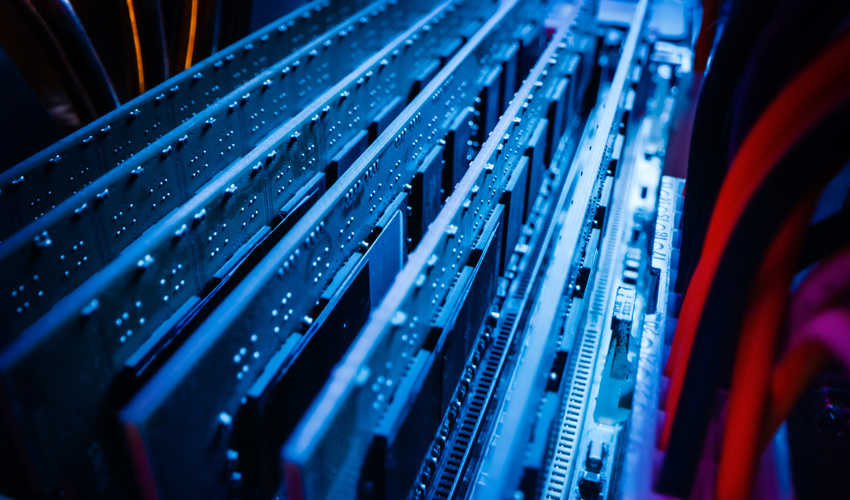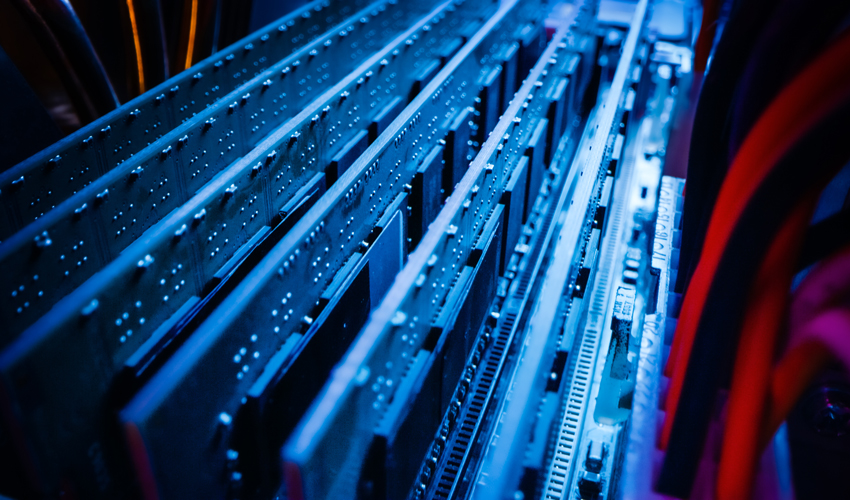
Introduction
Memory management is a critical aspect of modern operating systems, ensuring efficient allocation and deallocation of system memory. Linux, as a robust and widely used operating system, employs sophisticated techniques for managing memory efficiently. Understanding key concepts such as page tables, swapping, and memory allocation is crucial for system administrators, developers, and anyone working with Linux at a low level.
This article provides a look into Linux memory management, exploring the intricacies of page tables, the role of swapping, and different memory allocation mechanisms. By the end, readers will gain a deep understanding of how Linux handles memory and how to optimize it for better performance.
Understanding Linux Page Tables
What is Virtual Memory?
Linux, like most modern operating systems, implements virtual memory to provide processes with an illusion of a vast contiguous memory space. Virtual memory enables efficient multitasking, isolation between processes, and access to more memory than is physically available. The core mechanism facilitating virtual memory is the page table, which maps virtual addresses to physical memory locations.
How Page Tables Work
A page table is a data structure used by the Linux kernel to translate virtual addresses into physical addresses. Since memory is managed in fixed-size blocks called pages (typically 4KB in size), each process maintains a page table that keeps track of which virtual pages correspond to which physical pages.
Multi-Level Page Tables
Due to large address spaces in modern computing (e.g., 64-bit architectures), a single-level page table would be inefficient and consume too much memory. Instead, Linux uses a hierarchical multi-level page table approach:
-
Single-Level Page Table (Used in older 32-bit systems with small memory)
-
Two-Level Page Table (Improves efficiency by breaking down page tables into smaller chunks)
-
Three-Level Page Table (Used in some architectures for better scalability)
-
Four-Level Page Table (Standard in modern 64-bit Linux systems, breaking addresses into even smaller sections)
Each level helps locate the next portion of the page table until the final entry, which contains the actual physical address.
Page Table Entries (PTEs) and Their Components
A Page Table Entry (PTE) contains essential information, such as:
-
The physical page frame number.
Source: Read More


